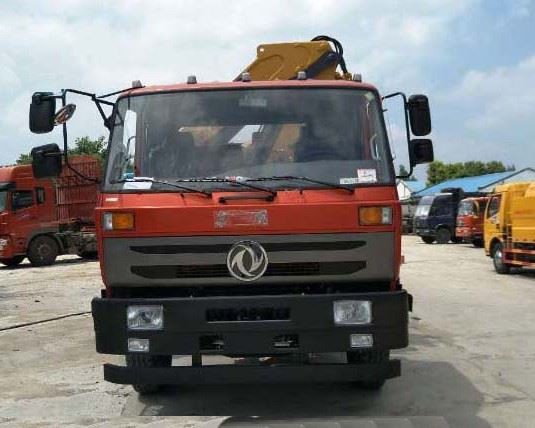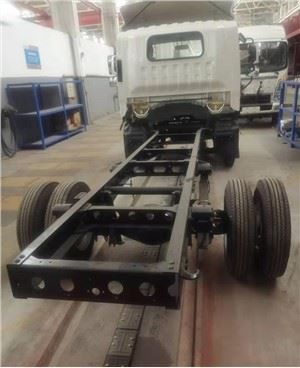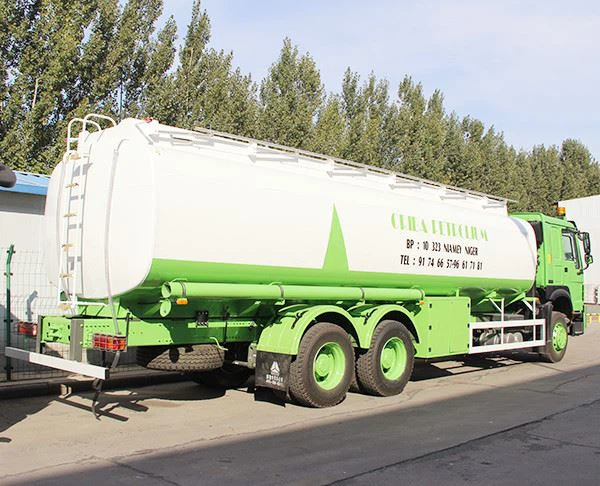Everything You Need to Know About Oil Bowsers: A Comprehensive Guide

Introduction
In a world increasingly reliant on fuel for various applications—be it for vehicles, machinery, or heating purposes—oil bowsers have become an essential part of the landscape. Designed for transporting and dispensing fuel, these versatile vehicles offer practical solutions for individuals and businesses alike. This guide will delve into the intricacies of oil bowsers, explore their types, advantages, regulatory considerations, and much more. Whether you’re looking to purchase an oil bowser or simply wish to broaden your understanding, you’ve come to the right place.
What is an Oil Bowser?
An oil bowser is a specialized vehicle equipped for transporting liquid fuels, including diesel and petrol. These units provide a practical solution for storing and dispensing fuel where it’s most needed, such as construction sites, farms, and remote locations. They are designed to ensure safe handling and the efficient transfer of fuel to various equipment and vehicles.
Components of an Oil Bowser
Understanding the components of an oil bowser can aid in making informed decisions when considering purchasing or using one. Here are the primary components:
| Component | Description |
|---|---|
| Tank | Storage container for the oil, available in various capacities (from 500 liters to over 30,000 liters). |
| Pumps | Transfer fuel efficiently; often equipped with meters for accurate dispensing. |
| Hoses | Flexible tubes for transferring fuel from the bowser to the desired location. |
| Safety Equipment | Includes spill kits, fire extinguishers, and emergency shut-off valves. |
| Chassis | The vehicle’s frame that holds the tank and other components. Can be truck-mounted or trailer-based. |
Types of Oil Bowsers
1. Static Bowsers
Static bowsers are stationary fuel storage units that are usually installed on-site, such as in a yard or construction site. They offer easy access for fueling purposes but are not mobile.
2. Towable Bowsers
Towable oil bowsers are designed to be pulled by a vehicle. They are versatile for transporting fuel to various locations, making them ideal for construction crews or farms.
3. Mobile Bowsers
Mobile bowsers are self-contained units that can easily be driven to different areas. These are most commonly found in industries requiring frequent refueling in diverse locations.
4. Bunded Bowsers
Bunded bowsers have a secondary containment tank to prevent spills and leaks, making them suitable for environmentally sensitive areas. They are often required by regulations for safe transport of fuel.
Importance of Oil Bowsers
Oil bowsers serve several important functions, including:
- Efficiency: Reduce downtime by providing fuels on-site, enabling smoother operations.
- Cost-Effectiveness: Buying fuel in bulk and storing it can lead to significant savings over time.
- Accessibility: Essential in remote locations where fuel re-supply can be challenging.
- Safety: Designed with various safety features to minimize hazards associated with handling fuels.
Buying Guide for Oil Bowsers
When considering purchasing an oil bowser, various factors come into play. Below are some practical tips to guide your decision:
1. Identify Your Needs
Determine how much fuel you require, the frequency of use, and whether you need a mobile or static solution. Consider the types of fuel you will be storing—different fuels may require specific types of tanks and safety features.
2. Look for Compliance
Check that the oil bowser meets local regulatory requirements, especially in terms of safety and environmental considerations. Certifications and adherence to national standards are critical.

3. Choose the Right Size
Size matters! Ensure you select an oil bowser that fits your storage capacity needs without being too large or cumbersome to transport.
4. Evaluate Features
Examine additional features such as fuel management systems, metering devices, safety certifications, and spill containment systems. Evaluate the importance of these features based on your operational needs.
5. Assess Maintenance and Service
Inquire about the maintenance requirements, warranty, and after-sales service options. Regular maintenance is crucial to ensure the longevity and reliability of the oil bowser.
Cost Considerations and Financing Options
The cost of an oil bowser can vary widely based on size, features, and brand. Prices may range from a few thousand to tens of thousands of dollars. Here are some considerations:
1. Upfront Costs vs. Lifetime Costs
While a cheaper option may seem attractive, invest in quality to avoid high maintenance costs later on. Calculate total cost of ownership, including repairs and expected lifespan.
2. Financing Options
Explore financing options like loans or leasing. Some suppliers may offer financing plans, making it easier to manage your budget while obtaining necessary equipment.
3. Insurance Considerations

Insuring your oil bowser is wise to protect against loss or damage. Consider general liability insurance and specialized coverage for fuel storage and transport.
Regulatory Compliance for Oil Bowsers
Using oil bowsers involves adhering to a variety of regulations. Key considerations include:
1. Environmental Regulations
Ensure that your oil bowser complies with local environmental laws aimed at preventing fuel spills and pollution. Bunded tanks often meet these regulations more readily.
2. Safety Regulations
Familiarize yourself with national and local safety regulations concerning the transport and storage of hazardous materials. Ensure that your oil bowser includes safety equipment to meet these standards.
3. Required Permits
Different regions may require permits for operating an oil bowser. Consulting your local governing body can ensure compliance and avoid potential fines.
Maintenance and Care for Your Oil Bowser
Routine maintenance is essential to ensure your oil bowser operates efficiently. Here are some best practices:
1. Regular Inspections
Conduct regular inspections of the tank, hoses, pumps, and all safety equipment. Look for signs of wear and tear or corrosion.
2. Cleaning and Fuel Quality
Keep the bowser clean to ensure quality fuel transfer. Check fuel quality periodically, and consider treating the fuel to prevent algae growth or water contamination.
3. Record Keeping
Maintain detailed records of fuel usage, maintenance activities, and inspections. This can aid in compliance with regulations and future resale value.
Frequently Asked Questions (FAQs)
1. What kind of fuel can I store in an oil bowser?

Oil bowsers are primarily designed to store diesel or petrol, but they can also be customized for other petroleum products. Always check compatibility.
2. How often should I service my oil bowser?
It is advisable to service your oil bowser at least once a year, or more frequently depending on usage, to ensure safety and reliability.
3. Can I convert a standard trailer into an oil bowser?
While it is technically possible, it is not recommended. Converting a standard trailer into an oil bowser requires strict adherence to safety regulations and standards.
4. Are oil bowsers safe to use?
Yes, oil bowsers are designed with safety features. However, it’s essential to follow all safety protocols when operating and maintaining them.
5. What should I do in the event of a spill?
Immediately implement your spill response plan, which should include containing the spill, using spill kits to clean it up, and notifying the relevant authorities if necessary.
6. Do I need a special license to operate an oil bowser?
This can vary by jurisdiction. It’s essential to check local regulations to determine if a specific license is needed to operate an oil bowser.
